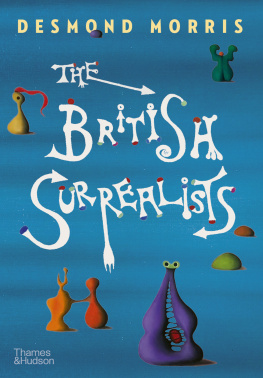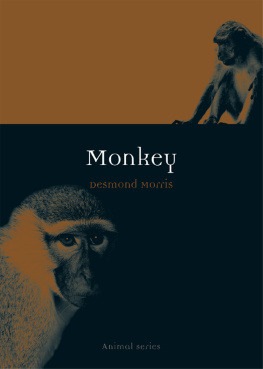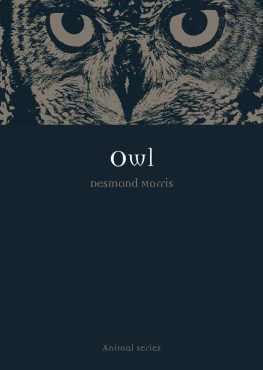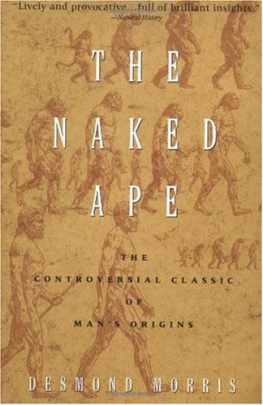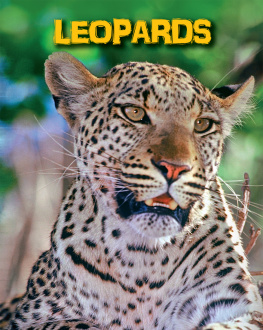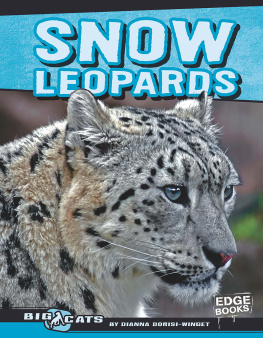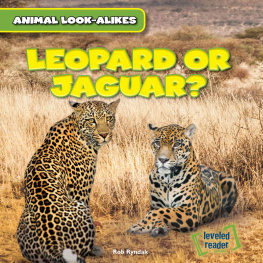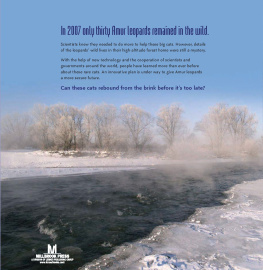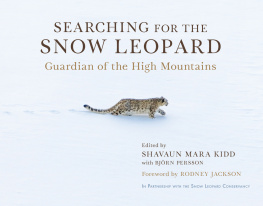Leopard

Animal
Series editor: Jonathan Burt
Already published
Albatross Graham Barwell Ant Charlotte Sleigh Ape John Sorenson Bear Robert E. Bieder
Bee Claire Preston Camel Robert Irwin Cat Katharine M. Rogers Chicken Annie Potts
Cockroach Marion Copeland Cow Hannah Velten Crocodile Dan Wylie
Crow Boria Sax Deer John Fletcher Dog Susan McHugh Dolphin Alan Rauch
Donkey Jill Bough Duck Victoria de Rijke Eel Richard Schweid Elephant Dan Wylie
Falcon Helen Macdonald Fly Steven Connor Fox Martin Wallen Frog Charlotte Sleigh
Giraffe Edgar Williams Gorilla Ted Gott and Kathryn Weir Hare Simon Carnell
Hedgehog Hugh Warwick Horse Elaine Walker Hyena Mikita Brottman
Kangaroo John Simons Leech RobertG. W. Kirk and Neil Pemberton
Leopard Desmond Morris Lion Deirdre Jackson Lobster Richard J. King
Monkey Desmond Morris Moose Kevin Jackson Mosquito Richard Jones
Octopus Richard Schweid Ostrich Edgar Williams Otter Daniel Allen Owl Desmond Morris
Oyster Rebecca Stott Parrot Paul Carter Peacock Christine E. Jackson Penguin Stephen Martin
Pig Brett Mizelle Pigeon Barbara Allen Rabbit Victoria Dickenson Rat Jonathan Burt
Rhinoceros Kelly Enright Salmon Peter Coates Shark Dean Crawford Snail Peter Williams
Snake Drake Stutesman Sparrow Kim Todd Spider Katja and Sergiusz Michalski
Swan Peter Young Tiger Susie Green Tortoise Peter Young Trout James Owen
Vulture Thom van Dooren Walrus John Miller and Louise Miller Whale Joe Roman
Wolf Garry Marvin
Leopard
Desmond Morris

REAKTION BOOKS
Published by
REAKTION BOOKS LTD
33 Great Sutton Street
London EC1V 0DX, UK
www.reaktionbooks.co.uk
First published 2014
Copyright Desmond Morris 2014
All rights reserved
No part of this publication may be reproduced, stored in a retrieval system or transmitted, in any form or by any means, electronic, mechanical, photocopying, recording or otherwise, without the prior permission of the publishers
Page references in the Photo Acknowledgments and
Index match the printed edition of this book.
Printed and bound in China by 1010 Printing International Ltd
A catalogue record for this book is available from the British Library
eISBN: 9781780233185
Contents

Introduction
The leopard is the ultimate cat. It makes the lion and the tiger appear overblown and all the other members of the cat family look puny. The only exception to this is the jaguar which, speaking with an authors bias, I see as a counterfeit leopard that evolved in parallel in South America.
Lions hunt in the open and then share their kill but the leopard is solitary, stealthy and selfish. It ambushes its prey instead of chasing it and then carries its kill high into a tree where it can dine alone. In the wild, like Shakespeares dragon, it is more feared than seen a sinister, lethal presence lurking unnoticed in the undergrowth. If you are very lucky, you may just occasionally catch a glimpse of its athletic body lying limply and arrogantly along a convenient branch, resting in the midday heat.
The leopard is the feline killing machine in its purest form and, as such, has commanded respect and awe in mankind for many centuries. Jonathan Scott, the field-naturalist who knows more about the big cats of Africa than anyone else on the planet, has referred to the leopard simply as the perfect predator.
In earlier days, when leopards were more likely to be viewed through the sights of a hunters gun than through a naturalists binoculars, their reputation was slightly different. Because they were so secretive and so good at hiding themselves away in the undergrowth, they upset the sporting gentlemen who were known as big game hunters. In the early part of the twentieth century, a certain Colonel Blashford was heard to exclaim, The tiger is a gentleman, but the leopard is a bounder.
Since leopards are so stealthy, sighting one in the wild is a moment that one never forgets. My own moment came when, returning to Nairobi after a long filming trip in Kenya, my driver suddenly said leopard. I shouted to him to stop and pushed my head through the open roof of the car. There, in a tree right at the side of the road, was an adult leopard nonchalantly sprawled along a high branch, it legs dangling lazily down on either side. I was able to take a photograph before being told that we had to move on as we had a plane to catch. It was a tantalizingly brief encounter, but it left an indelible memory and was the trigger that started my special interest in the species that has led to the writing of this book.
The leopard is a complex, intelligent animal and there have been dramatic incidents where it is clear that it is capable of bearing a grudge. One of the most extraordinary examples of its tendency to seek revenge when it has been maltreated occurred recently in Kenya. There, a female leopard had been preying on domestic livestock and the villagers had asked the local game rangers for help. Instead of killing the animal, they decided to catch her and transport her to a remote location, far away from human settlements, where they could release her. She was duly caught and placed in a travelling cage on the back of a truck. When they arrived at the release point, a game ranger opened the cage and quickly got inside the cab of his truck. To his annoyance, the leopard now looked upon her cage as a safe place and a snug den in which to stay curled up, and she refused to leave. In her stressed condition she was too alarmed to make a bolt for the wild environment outside.
After a while the game ranger lost his patience, leaned out of the cab door and began banging on the side of the cage with a heavy stick. The leopard snarled at him but still refused to budge. Then the man made a big mistake. He took a long, pointed stick and started jabbing the leopard through the wire of its cage. This made her roar and she grabbed the stick in her jaws and tried to wrestle it from the man. Eventually he gave up and sat back in his cab. At this point the leopard got up and walked out of the cage, but instead of running off into the undergrowth, as almost any captive wild animal would have done in the circumstances, she prowled round to the cab of the truck and leapt through the half-open window. In his shock, the game ranger tried to wind the window up, but accidently turned the handle the wrong way, so that the glass was lowered instead of raised. The leopard was able to leap inside the cab, where she started to attack the mans head and chest, clawing him repeatedly.

| When the first edition of the |



